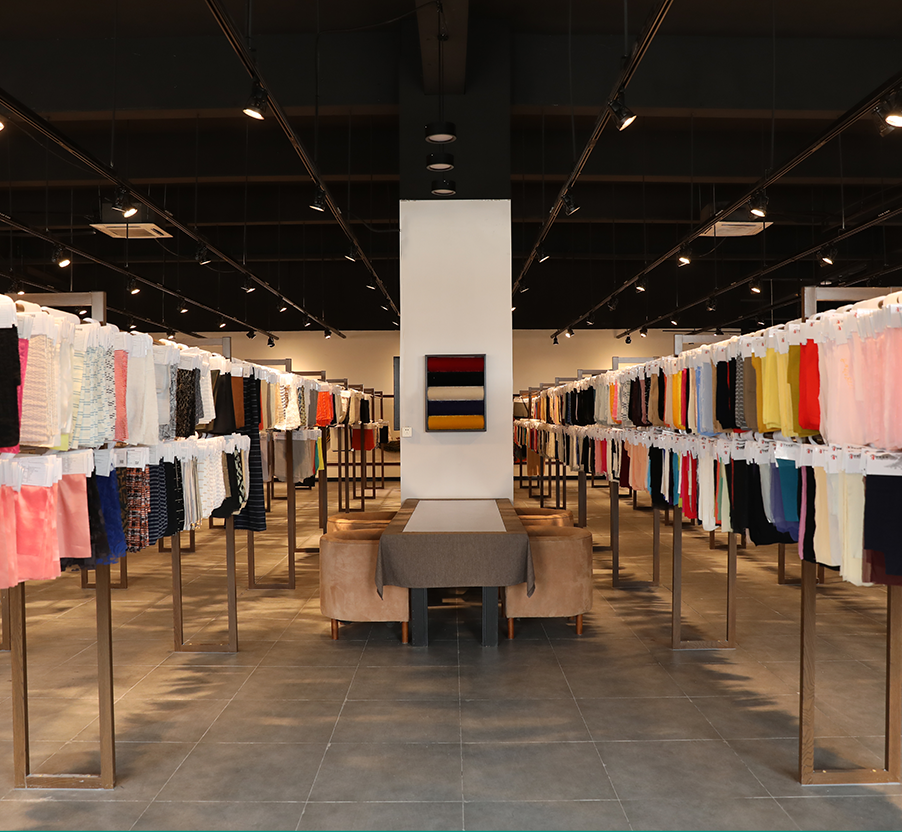Industry knowledge
Chemical Composition of Pleating fabric
Pleating fabric can be made from a variety of materials, both natural and synthetic. The chemical composition of pleating fabric can vary depending on the specific material used. Some common materials used for pleating fabric and their chemical compositions include:
Polyester: Polyester is a synthetic material made from petrochemicals. The chemical composition of polyester includes long-chain polymers derived from esters of dihydric alcohols and terephthalic acid. It is known for its durability, wrinkle resistance, and ability to retain pleats.
Rayon: Rayon is a semi-synthetic material made from cellulose fibers. The chemical composition of rayon includes regenerated cellulose from wood pulp or cotton linters that are chemically processed to produce a soft, lightweight fabric. It has good drapability and can be used for creating pleats.
Silk: Silk is a natural protein fiber produced by silkworms. The chemical composition of silk includes fibroin, a protein produced by the silkworms, which gives silk its softness, luster, and strength. It is a popular material for pleating fabric due to its natural sheen and ability to hold pleats.
Cotton: Cotton is a natural fiber obtained from the cotton plant. The chemical composition of cotton includes cellulose, a polysaccharide polymer that forms the primary cell wall of the cotton fiber. It is a breathable and comfortable fabric that can be used for pleating.
Nylon: Nylon is a synthetic material made from petrochemicals. The chemical composition of nylon includes long-chain polymers derived from adipic acid and hexamethylene diamine. It is a strong, lightweight fabric that can be used for creating pleats.
Overall, the chemical composition of pleating fabric can vary depending on the specific material used. However, common materials used for pleating fabric include polyester, rayon, silk, cotton, and nylon.
The Advantages of Pleating fabric
Pleating fabric has several advantages that make it a popular choice for various applications. Some of the advantages of pleating fabric include:
Durable: Pleating fabric is durable and can withstand repeated wear and tear. It can be washed and ironed without losing its shape, which makes it an ideal fabric for clothing and home decor applications.
Versatile: Pleating fabric is versatile and can be used for a variety of applications. It can be used to create a range of different pleats, including accordion, box, knife, and sunburst pleats, which makes it ideal for creating unique and eye-catching designs.
Easy to care for: Pleating fabric is easy to care for and requires minimal maintenance. It can be machine washed and dried, and does not require special handling or dry cleaning.
Lightweight: Pleating fabric is lightweight and easy to handle, which makes it an ideal fabric for clothing applications. It drapes well and can be used to create a range of different garments, including skirts, dresses, and blouses.
Breathable: Pleating fabric is breathable and allows air to circulate, which makes it comfortable to wear in warm weather. It can be used to create garments that are both stylish and functional.
Overall, pleating fabric is a versatile and durable fabric that is easy to care for and ideal for a range of different applications. Its lightweight and breathable properties make it comfortable to wear, while its ability to hold pleats makes it a popular choice for creating unique and eye-catching designs.


 中文简体
中文简体 Français
Français Deutsch
Deutsch italiano
italiano






























